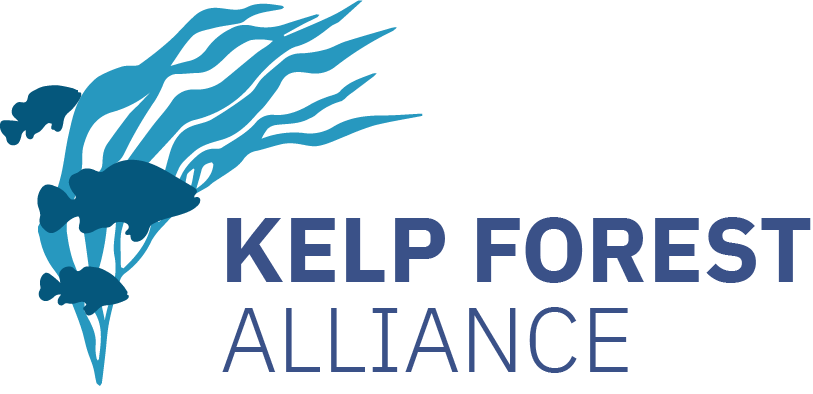Key takeaways
Pilot projects are useful approaches to establish proofs of concept and can be used to identify problems with the methodology and demonstrate feasibility before restoring at scale.
Using cultured kelp outplants can help scale up the area that is restorable.
Background
The Hainan Coast, in Shizuoka Prefecture, Japan, runs for ~50km around the Cape of Omaezaki with Suruga Bay in the east and Enshuu Nada in the west. Its shallow waters (0–20 m) are home to an 8,000-ha kelp forest, predominantly comprised of Ecklonia cava (hereafter Ecklonia) and Eisenia nipponica (hereafter Eisenia), which is the largest in Japan. Historically, the kelp forest was a highly productive abalone fishing location, yielding 10-20 ton of abalone/year since the helmet diving fishery of abalone began in the Meiji Era (1867-1911). In modern times, managers have worked to enhance abalone in the area by stocking 100,000-400,000 juvenile abalone every year since 1980s. The region also has had a long kelp (Eisenia ) fishing industry since the year 700 CE, with harvest peaking at 20-40 tons per year in the 1980s.
The project
The locals’ relationship with the sea was first threatened when isoyake (deforestation) was observed by Izu Branch of Shizuoka Prefectural Fisheries Experiment Station (IB-SPFES). Based on their reports, losses of Eisenia started in 1985 and were followed by Ecklonia losses in 1990. By the year 2000, the entire kelp forest had almost disappeared. Such losses resulted in dramatic declines in both the kelp and abalone fisheries, previously strong contributors to the local economy. Given the threat to their livelihoods, the fishers of Hainan engaged Shizuoka Prefectural Government (SPG) to investigate the causes of isoyake and restore the kelp forests, a job that was ultimately tasked to IB-SPFES.
The researchers of IB-SPFES dove the area and identified several causes for kelp forest decline. First, increased turbidity caused lower light conditions, which reduced kelp productivity and created enabling conditions for isoyake. Kelp losses were then magnified by an increase in the population of warm water herbivorous rabbitfish (Siganus fuscescens), which increased in 1984 and now remain as waters have gradually warmed.
To begin the remediation of habitat loss, a small-scale pilot project was initiated by IB-SPFES in 1997. IB-SPFES transplanted adults of Ecklonia sporophytes in deforested areas along the coast and confirmed that the plants could survive when planted on artificial structures. Further, this pilot project suggested that careful transplantation of *Ecklonia*sporophytes could lead to the recovery of the kelp forest off Sakai-Hirata (east of Omaezaki).
Larger scale restoration efforts, proposed by IB-SPFES and financed by the SPG, then started in 1999. First, concrete blocks (hexapod of 5 tons, 2.1 x 2.1 x 1.1 m) were placed in nearby healthy kelp forests and left from October 1999 to March 2000 to collect recruits of E. cava. The naturally seeded blocks were then transferred to deforested areas in Hainan to establish core kelp forests. This initial effort was successful, partly because the height of grown kelp was elevated by the concrete blocks and received more light and less sedimentation. However, success was short lived, and the transplants disappeared within three years after they were browsed by herbivorous fishes.
A hexapod block used for early transplantation; an x-shaped block used for later transplantation. Photos provided by the authors.
A hexapod block used for early transplantation; an x-shaped block used for later transplantation. Photos provided by the authors.
After securing further financial support from the national government, the SPG started a second attempt in 2005. Instead of seeding blocks in the field, juveniles of Ecklonia sporophytes were cultured on strings and tied with ropes to 2,162 x-shaped concrete blocks (weight: three tons, dimensions: 1.85 x 1.85 x0.63 m). Importantly, SPG, with local fishers, fishing cooperatives, and municipal government created a subsidy to pay fishers to remove herbivorous fishes from coastal areas using set nets and gill nets.
After sustained removal of herbivorous fish, the project was ultimately deemed successful. Monitoring started in 2007 and revealed 55 hectares of restored kelp forest, a number which has grown to 870 hectares in 2018, the date of the last survey. As the Ecklonia forests were restored, so were the abalone populations. The result has been so successful that the fishery cooperative is planning a trial re-opening of the abalone fishery in 2021. However, *Eisenia*forests have not returned yet, likely because this species is more susceptible to herbivorous fishes browsing, even in mixed stands with Ecklonia.The total budget for projects carried out between 2002 and 2010 was $ 5.21 million (USD, 2010).
Lessons learned
Transplanting sporophytes on elevated substrata can help ameliorate the effects of low light and sedimentation, which might otherwise kill the plant.
Pilot projects are useful approaches to establish proofs of concept and can be used to identify problems with the methodology and demonstrate feasibility before restoring at scale.
If there is persistent overgrazing pressure, it is important to continually manage this stressor, otherwise fish might overgraze the restoration outplants.
Ecklonia cava forest restored on bedrock. Photo provided by the authors.
Ecklonia cava forest restored on bedrock. Photo provided by the authors.








